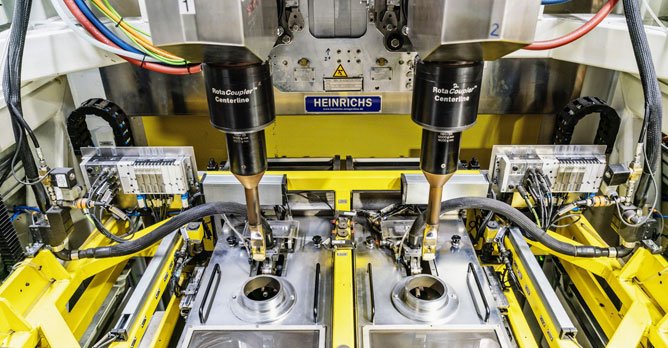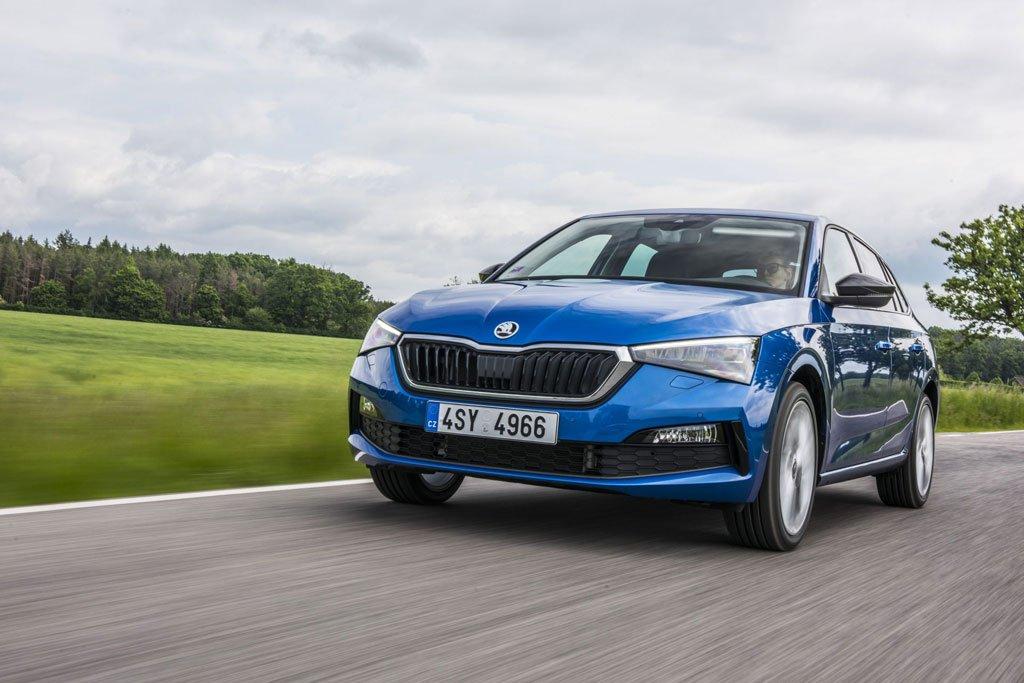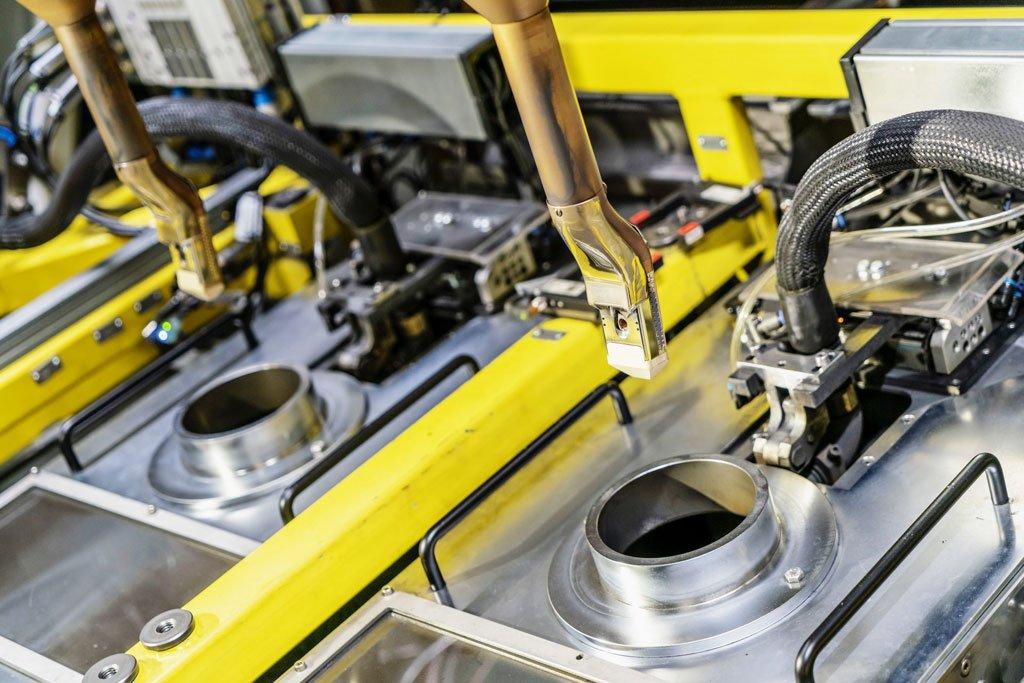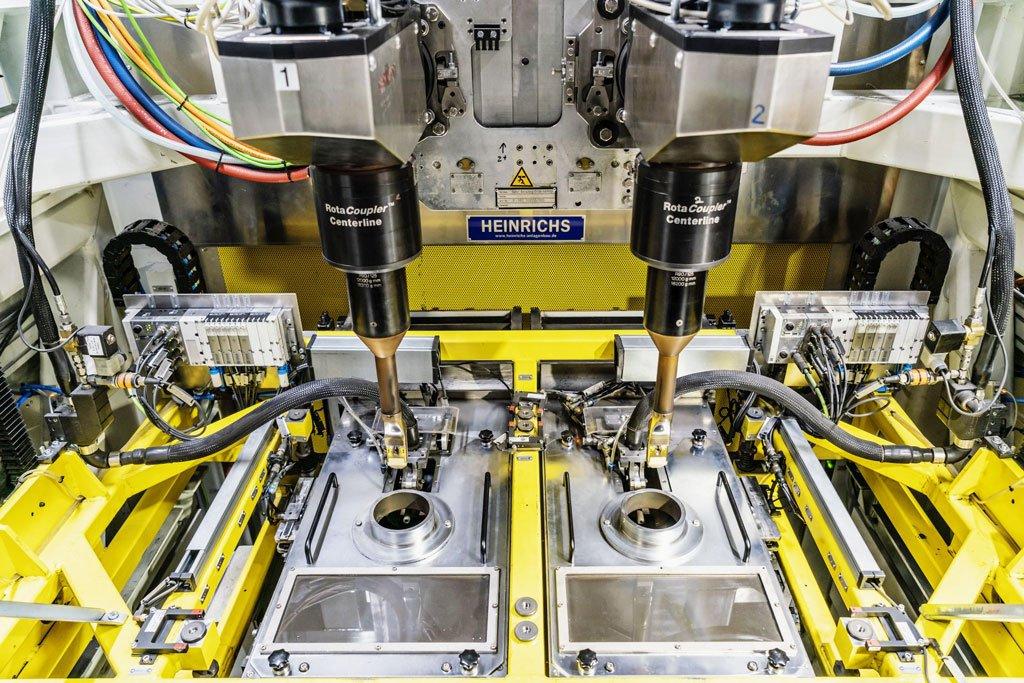Skoda introduces new plasma-coated cylinder blocks
17 Sep 2020|389 views
Skoda has installed a new processing line for plasma coating cylinder blocks into operation. The new line allows conventional cylinder liners to be replaced with a powder coating that measures just 0.15mm.
The new technology will be used when producing the new EVO three-cylinder engines from the EA211 series and will reduce internal friction. As a result, the 1.0-litre TSI EVO petrol engines will be even more efficient and boast even lower emissions. The new technology will make its way into the engines of Skoda's Fabia, Scala, Octavia, Kamiq and Karoq models.

A mixture of hydrogen and argon is used to create plasma gas, requiring 4.5 litres of hydrogen per minute during the process. The plasma reaches a temperature of 15,000 degrees Celsius and is then mixed with various types of steel that have been ground into fine powder. This powder is made up of iron, carbon, silicon and manganese as well as other necessary elements.
Each cylinder is automatically measured at several stages throughout the process to assess its quality. Optical measuring instruments first record the surface abraded by the laser, before a second measurement is taken once the plasma has been applied. Finally, the structure of the plasma layer is tested using turbulent flow.
Skoda has installed a new processing line for plasma coating cylinder blocks into operation. The new line allows conventional cylinder liners to be replaced with a powder coating that measures just 0.15mm.
The new technology will be used when producing the new EVO three-cylinder engines from the EA211 series and will reduce internal friction. As a result, the 1.0-litre TSI EVO petrol engines will be even more efficient and boast even lower emissions. The new technology will make its way into the engines of Skoda's Fabia, Scala, Octavia, Kamiq and Karoq models.

A mixture of hydrogen and argon is used to create plasma gas, requiring 4.5 litres of hydrogen per minute during the process. The plasma reaches a temperature of 15,000 degrees Celsius and is then mixed with various types of steel that have been ground into fine powder. This powder is made up of iron, carbon, silicon and manganese as well as other necessary elements.
Each cylinder is automatically measured at several stages throughout the process to assess its quality. Optical measuring instruments first record the surface abraded by the laser, before a second measurement is taken once the plasma has been applied. Finally, the structure of the plasma layer is tested using turbulent flow.
Latest COE Prices
September 2025 | 2nd BIDDING
NEXT TENDER: 08 Oct 2025
CAT A$119,003
CAT B$136,890
CAT C$72,501
CAT E$140,502
View Full Results Thank You For Your Subscription.



















